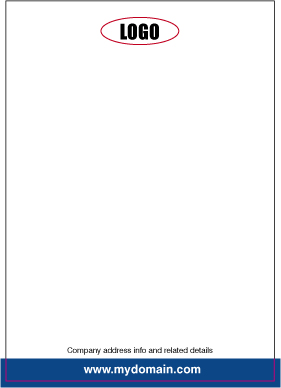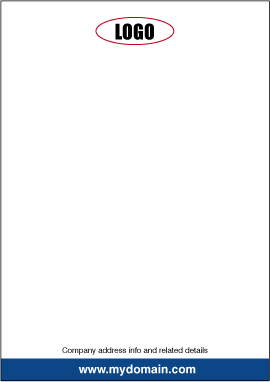Spot Gloss (Raised Print) Thermo Business Cards
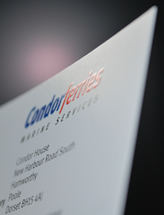
Spot Gloss Raised Print Business Cards are a popular choice for those looking for something out of the ordinary. Due to the production process there are a few design rules that need to be followed when considering thermo business cards, but in general a way can usually Be found to make your design work in this format.
The Thermo process can also be applied to letterheads, compliment slips etc.
Thermo Process Explained
Business cards, letterheads, compliments slips or whatever you decide on are printed in the normal way on a lithographic press, and a fine powder is applied to the ink, while still wet. The cards are then run through a UV (ultra-violet) device that ‘cures’ the ink/thermo combination, leaving the ink sitting proud of the card surface.
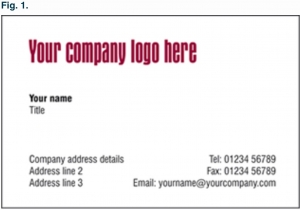
Thermo Limitations
Thermo powder can only be applied to spot colours, or ‘solid’ inks. Where a tint has been used, or for instance a multi-coloured logo then thermo is not possible.
In Fig 2. below a circular tint (20%) of the main maroon colour has been used. This can not have the thermo process applied.
In this example, the tint would need to be printed alone, the card would then be put through again and thermo added to ‘Your company logo here’.
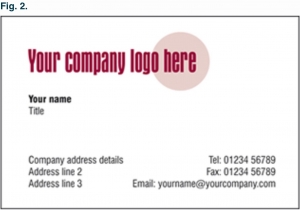
If a laminated business card is required then again, thermo is not possible.
Due to the processes involved, please allow extra time for delivery of your cards. Thermo is not an ultra-quick process.
Although there are artwork limitations thermo is definitely a process worth considering and business cards produced in this way do certainly have that classic, professional look and feel.
Common uses of the Thermo raised print technique.
Thermo lends itself to many types of print work:
- Business Cards
- Letterheads
- Compliment Slips
- Dinner Invitations/Birthday Invites
- Postcards
Supplying artwork for thermography
As mentioned earlier, thermo will only work with spot colour jobs so please do not supply artwork in CMYK (4 colour) format.
We’ll also need to know what Pantone® (spot) colours have been used. (Pantone® is a colour matching system used throughout the commercial printing industry).
If you’d like to learn more about the differences between spot & process colours (CMYK) then there is more info here: Spot & Process Colours Explained.
Generally speaking, jpegs, tiffs, pngs etc. are not usable, (unless provided in a single colour) as these file types are generally used in 4 colour work. An ideal format is an Adobe Illustrator® vectored eps file, with colours shown as Pantone® colours.

